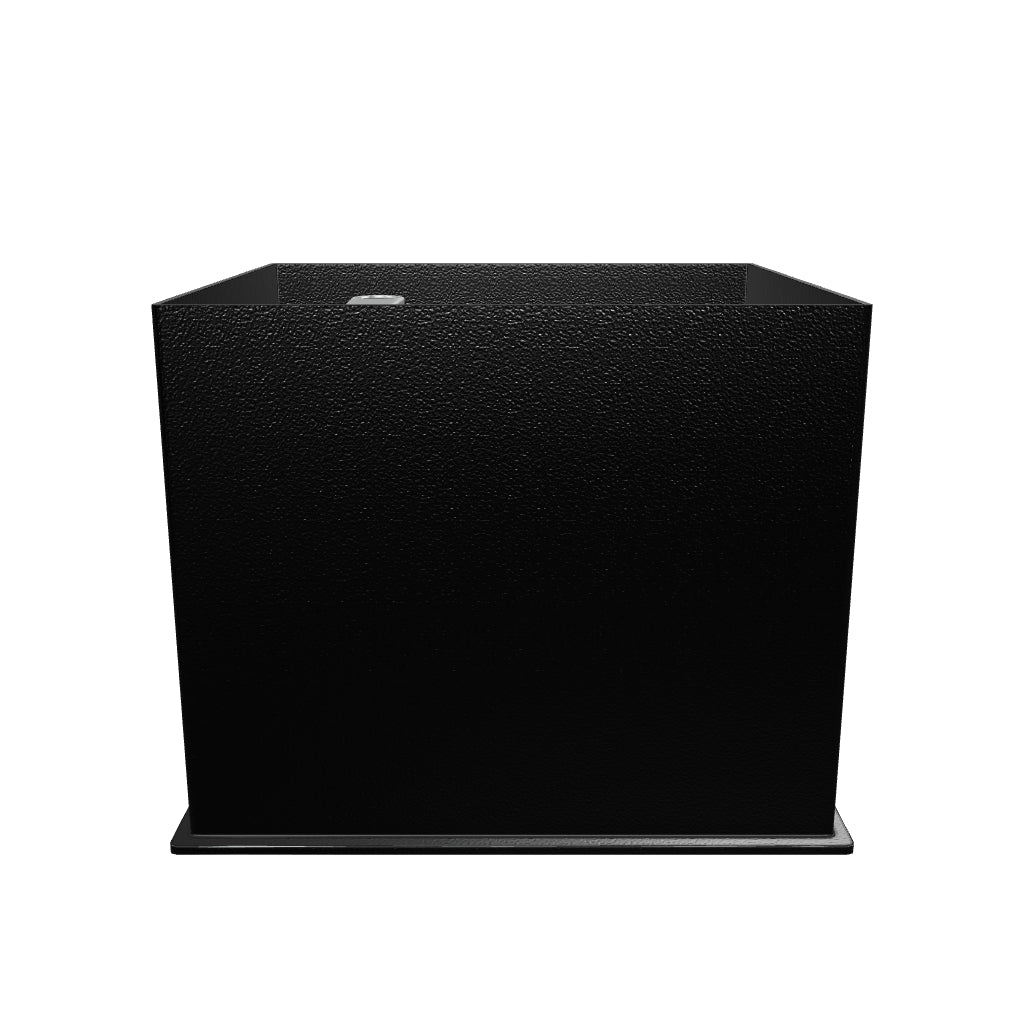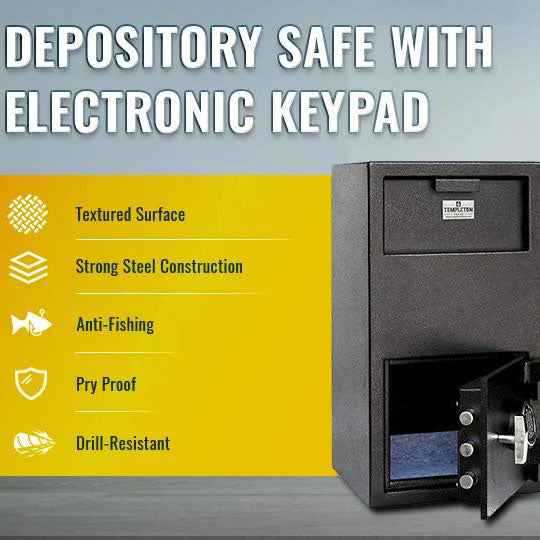Protecting Patient Information in Medical Facilities: The Role of High-Quality Safes
In today's digital age, the security and privacy of patient information have become paramount concerns for medical facilities. With sensitive data such as medical records, personal details, and billing information stored in their systems, healthcare providers must take proactive measures to safeguard this information from unauthorized access or data breaches.
While digital security measures are essential, physical security also plays a crucial role in protecting patient information. High-quality safes are an integral part of this defense strategy, providing a secure storage solution for physical documents and data storage devices. In this blog post, we will explore the vital role of high-quality safes in medical facilities' information security, offer tips on choosing the right safe, and discuss essential maintenance practices to ensure maximum security.
The Importance of Protecting Patient Information
The confidential nature of patient information necessitates stringent security measures. Medical facilities are entrusted with a wealth of sensitive data, including medical histories, diagnoses, lab results, insurance details, and social security numbers. Safeguarding this information is not only a legal requirement under HIPAA (Health Insurance Portability and Accountability Act), but it is also vital for maintaining patient trust and preventing potential harm resulting from unauthorized access.
Data breaches in the healthcare sector can have severe consequences, including identity theft, medical fraud, and compromised patient care. Cybersecurity measures alone are not enough to protect against physical theft or unauthorized access to physical records and data storage devices. High-quality safes provide an additional layer of protection, ensuring that sensitive documents and storage media remain secure, even in the event of a breach or theft.
The Role of High-Quality Safes in Information Security
High-quality safes serve as a crucial component of the overall information security infrastructure in medical facilities. They offer a secure storage solution for physical documents, backup tapes, external hard drives, USB drives, and other storage media that contain patient information. Here's how high-quality safes play a vital role
Protection against theft
Safes equipped with advanced locking mechanisms, reinforced walls, and tamper-resistant features serve as a deterrent against theft. In the event of a break-in or unauthorized access attempt, a high-quality safe can withstand physical attacks and prevent unauthorized individuals from gaining access to patient information.
Fire resistance
High-quality safes designed for medical facilities often provide fire and water resistance. In the event of a fire or flood, these safes can protect documents and storage media from heat, smoke, water damage, and other environmental factors. This capability ensures that patient information remains intact and recoverable even during emergencies. Look for safes that comply with recognized standards, such as UL 72 or NT Fire 017, ensuring that they provide the necessary protection in case of emergencies.
Controlled access
Many high-quality safes come with advanced access control mechanisms, such as biometric authentication or electronic keypad locks. These features allow authorized personnel to access the safe while keeping unauthorized individuals at bay. Access logs can also be maintained to track who accessed the safe and when, further enhancing security and accountability.
Compliance with regulations
By utilizing high-quality safes, medical facilities can demonstrate compliance with regulatory requirements, such as HIPAA. Safes that meet specific industry standards help healthcare providers meet the necessary security and privacy requirements, providing peace of mind to patients and ensuring adherence to legal obligations.
Maintaining High-Quality Safes for Maximum Security
Once you have chosen a high-quality safe, it is essential to maintain it properly to ensure maximum security. Follow these maintenance tips:
Regular inspections
Conduct periodic inspections to check for any signs of damage, wear, or tampering. Repair or replace any faulty components immediately to maintain the safe's integrity.
Combination or lock changes
Change the safe's combination or lock codes periodically, especially when key personnel change or there is a risk of unauthorized access. This practice enhances security and minimizes the risk of compromised access.
Safe placement
Position the safe in a secure location within the facility, away from high-traffic areas and potential vulnerabilities. Ensure it is bolted securely to the floor or wall to prevent unauthorized removal.
Employee training
Train your staff on safe usage, security protocols, and the importance of protecting patient information. Foster a culture of security awareness to minimize the risk of human error or negligence.
Protecting patient information is a top priority for medical facilities. High-quality safes serve as a critical element in ensuring the security and privacy of sensitive data. By investing in the right safe, healthcare providers can mitigate the risk of physical theft, safeguard records and storage media from fire and water damage, and comply with regulatory requirements. Regular maintenance and adherence to security protocols further strengthen the security posture. By taking proactive steps and utilizing high-quality safes, medical facilities can create a robust information security environment and provide peace of mind to patients and stakeholders alike.






























